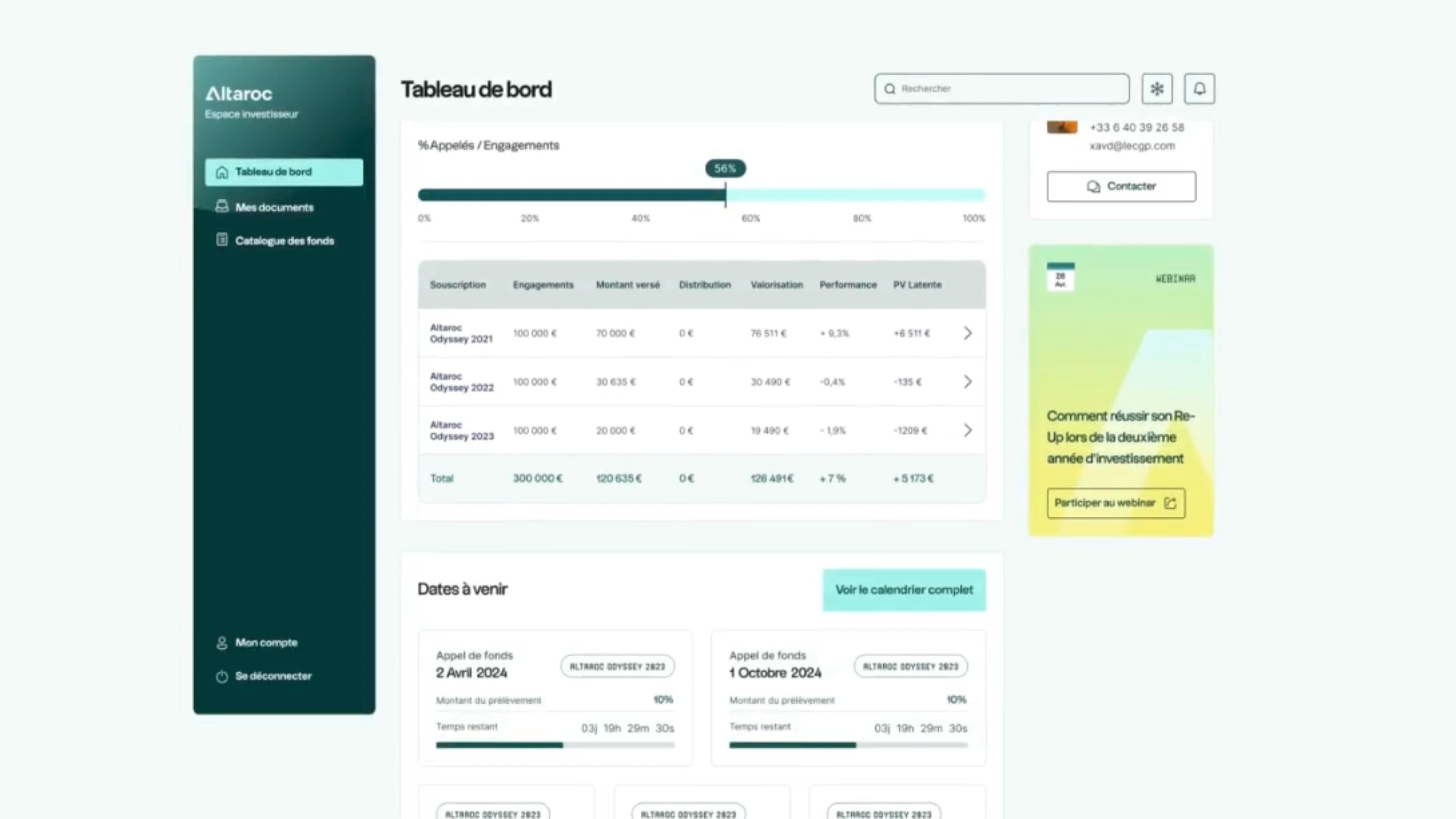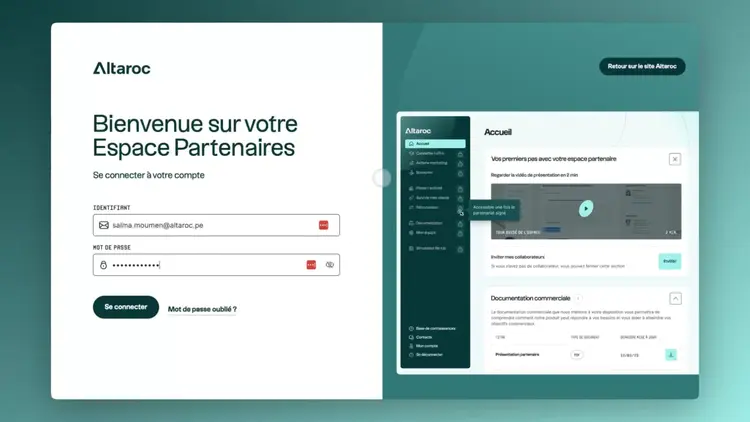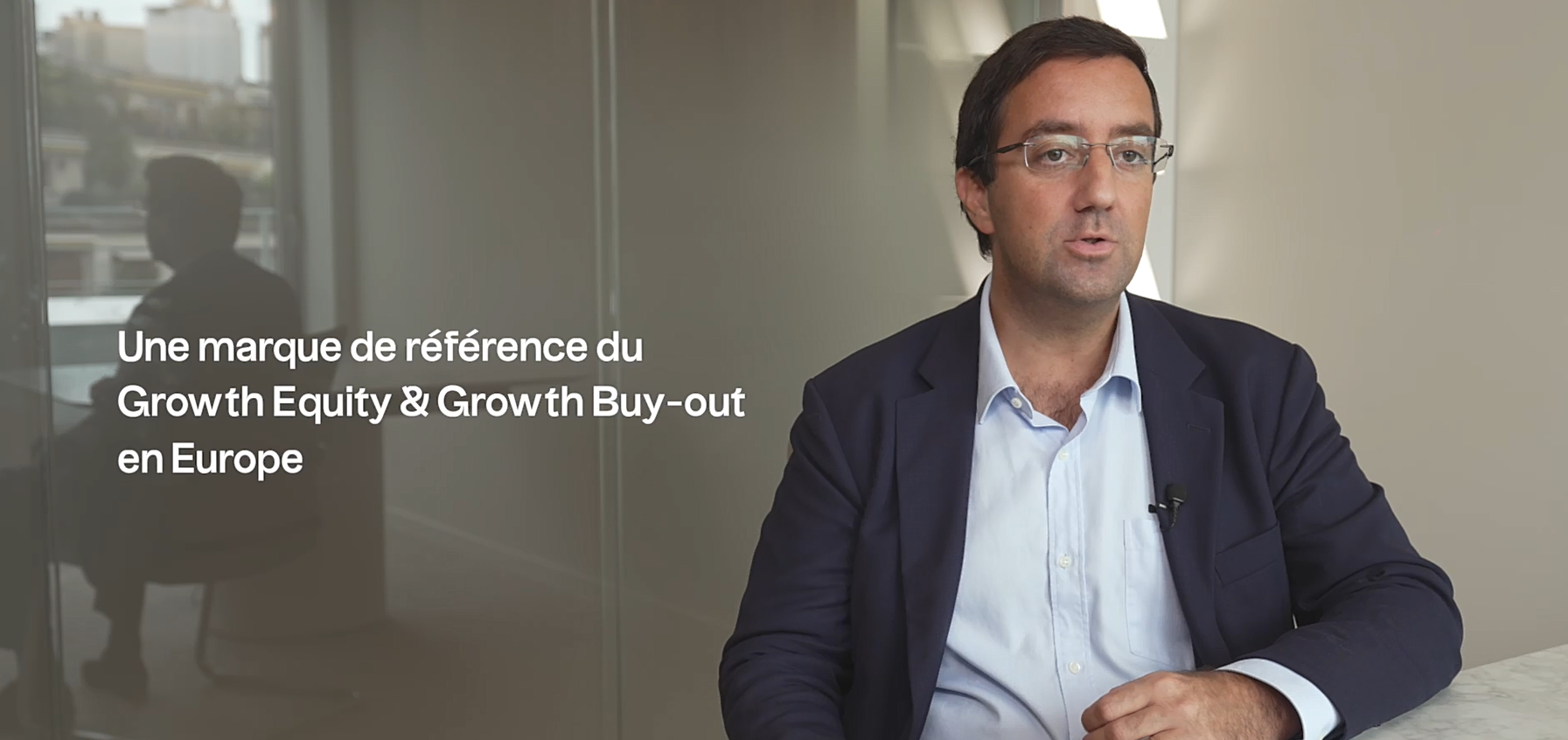External Growth Strategy and Value Creation in Private Equity
A build-up is an external growth strategy involving the acquisition of several companies in the same sector, with the aim of generating synergies, strengthening a market position and optimizing a group's overall performance.
Used extensively in private equity, this approach aims to accelerate the growth of portfolio companies and increase their valuation prior to sale.
Build-up definition and principles
The build-up is based on the acquisition of complementary or competing companies in order to create a more powerful, structured and competitive sector player.
Main objectives :
- Group several entities together to achieve critical mass.
- Create operational, commercial and financial synergies.
- Increase the profitability and value of the consolidated group.
This strategy is often implemented with a view to medium-term disposal: resale to a manufacturer, to another fund, or listing on the stock market.
Why use a Build-up strategy?
Build-ups meet several strategic objectives for private equity investors:
- Creating a market leader through sector consolidation.
- Achieve economies of scale and optimize costs.
- Increase profitability through internal synergies.
- Maximize the company's resale value over time.
Key stages in a Build-up strategy
1. Platform company identification
As the starting point for the build-up, the platform company is the initial business around which the acquisitions are organized. It must have :
- An established market position.
- Proven ability to integrate.
- Solid management.
2. Selection of acquisition targets
Targeted companies must be consistent with the platform company's growth strategy:
- Direct competitors, to gain market share.
- Specialized players, to broaden the offer or acquire differentiating know-how.
- Regional companies to cover new territories.
3. Acquisition financing
Several levers can be mobilized:
- Capital contribution from investors.
- Debt financing (leverage).
- Use of cash flows from acquired companies.
4. Post-acquisition integration
The success of a build-up depends to a large extent on rigorous operational execution:
- Integration of teams and systems.
- Pooling of support functions and purchasing.
- Optimizing commercial synergies.
5. Value creation and exit strategy
Once consolidation is complete, the company benefits from critical mass, improved profitability and stronger positioning. Exit options include :
- Sale to a manufacturer.
- Resale to a secondary private equity fund.
- Initial public offering.
Advantages of a Build-up strategy
Size effect and sector leadership
A consolidated group benefits from a dominant position, greater negotiating power and increased recognition in its market.
Operational and economic synergies
The build-up enables costs to be rationalized and resources better allocated:
- Reduce duplication.
- Centralization of support functions.
- Optimization of purchasing, logistics and production.
Accelerating growth and increasing valuation
Combining several companies allows for a faster growth trajectory and enhanced valuation at the end of the investment cycle.
Risks and limits of Build-up
Despite its advantages, the build-up involves specific challenges:
Complex integration
Integration difficulties can compromise value creation:
- Cultural differences between companies.
- Inefficient process harmonization.
- Departure of key talent.
Risk of excessive indebtedness
Extensive use of leverage could weaken the Group's financial structure, limit its future flexibility or restrict its ability to reinvest.
Competitive outbidding
In a context of fierce competition for potential targets, valuations can soar, reducing the expected return on the transaction.
Illustration of a Build-up strategy
Managers prefer to use this leverage in situations where :
- It is possible to build a reference actor on a given segment.
- The platform company's management team has strong integration skills.
- The synergies identified can generate a rapid improvement in margins and sales.
Illustration:
A fund acquires an IT services company, then carries out several targeted operations:
- Takeover of a competitor to gain market share.
- Acquisition of a cybersecurity expert to expand our offering.
- Integration of a foreign player to accelerate internationalization.
The resulting group becomes more attractive for strategic resale or IPO, while offering significant value creation potential for our investors.





























.jpeg)
.jpeg)
.jpeg)
.jpeg)
.jpeg)
.jpeg)





.webp)
.jpeg)
.jpeg)
.jpeg)
.jpeg)
.jpeg)
.jpeg)
.jpeg)
.jpeg)
.jpeg)
.jpeg)
.jpeg)
.jpeg)
.jpeg)
.jpeg)
.jpeg)









.webp)















.webp)
.webp)










.jpeg)


.webp)





.jpeg)